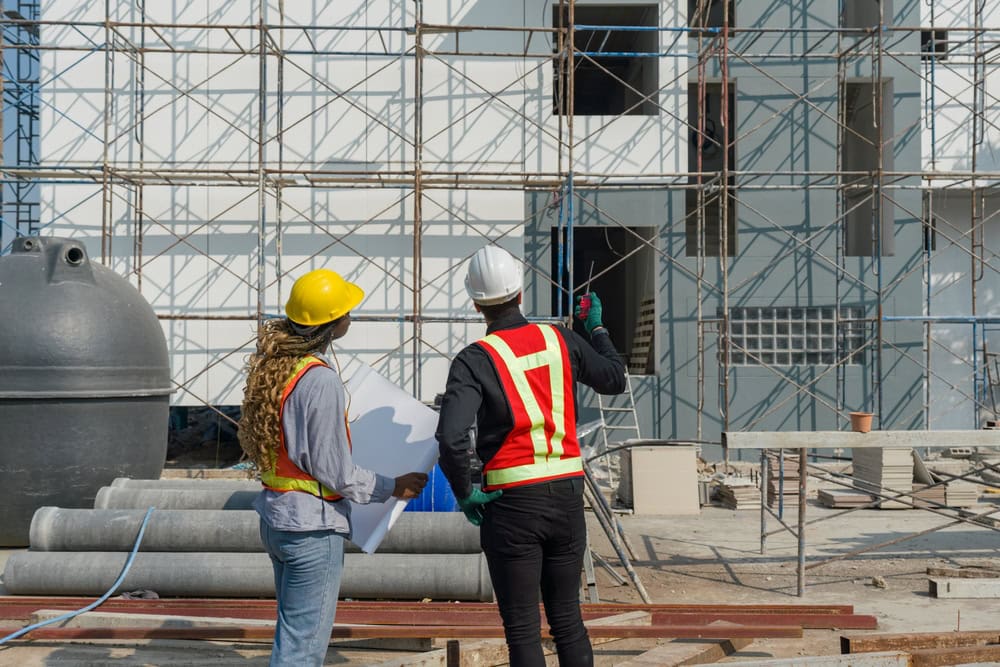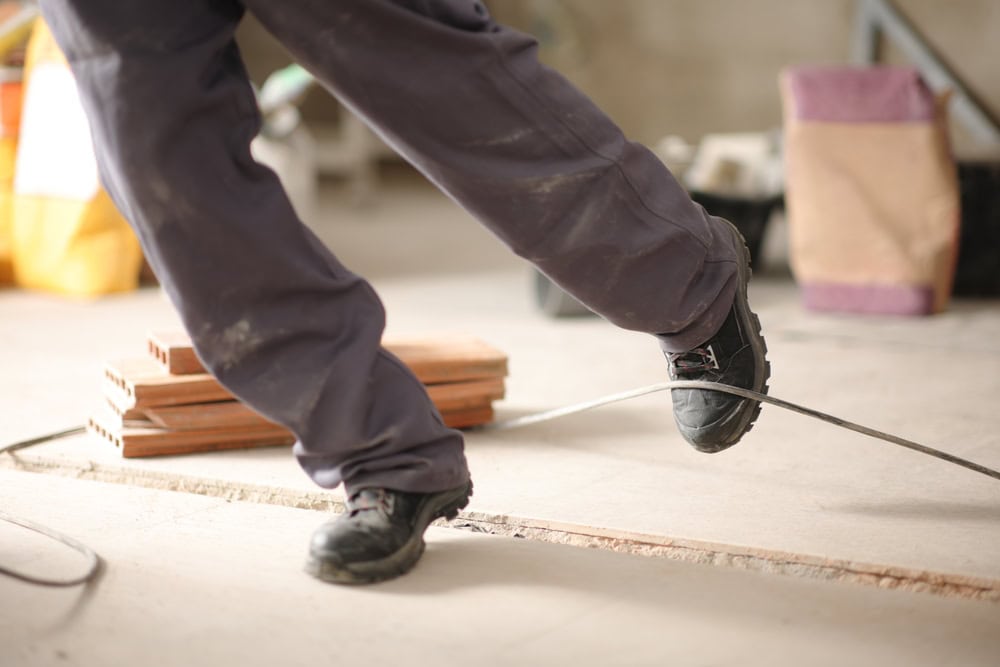How to Transition from Residential to Commercial Contracting in California
Transitioning from residential to commercial contracting in California is a significant step for small and medium-sized business owners. The shift offers opportunities for larger projects, increased revenue, and expanded professional networks. However, it also comes with challenges such as stricter regulations, complex project management, and the need for advanced IT solutions. This blog post will … Read more










